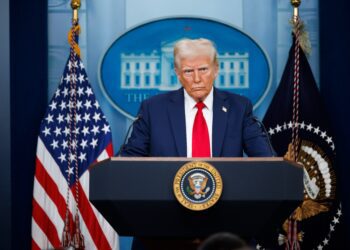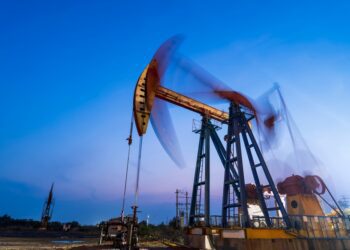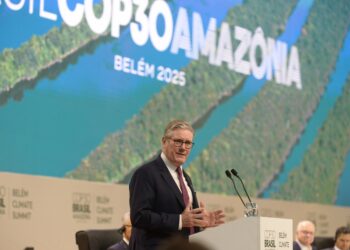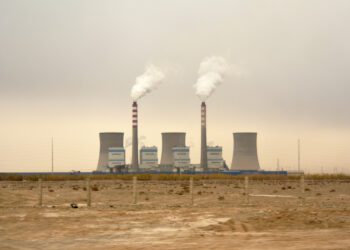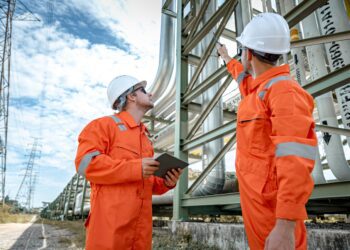As the world’s largest carbon trading market, the EU emission trading system (ETS) creates pressure on companies to reduce emissions.
Polluting less. Or trading with those who pollute less. Both actions have value in the pursuit of sustainability goals. And Europe is home to the world’s first and biggest carbon trading market — the EU emission trading system (ETS) — which is shaping up to become the template for other such markets around the world. This gives IESE’s Robert Raney the real chance to explore some of the tough questions arising around emission allowances.
In this interview, Raney unpacks “Trading of emission allowances and reporting incentives,” a paper co-authored with his IESE colleagues Gaizka Ormazabal and Donald N’Gatta. Here he explains how research in accounting and finance is attempting to address climate change and help us progress toward a more sustainable economy — something he personally feels passionate about.
How can accounting address climate change?
Firms are going to be held accountable for their pollution footprints and environmental impacts — much more accountable than they are today. That’s where disclosure comes in. Environmental impacts should be disclosed. Right now, they’re not always readily available. There’s a gap — what we call information asymmetry — between what’s happening in the company and what can be seen from the outside. And accounting can play an important role in bridging that gap through increased disclosure of environmental performance and risk.
A second area is through the creation of mechanisms to impose meaningful costs on companies for polluting and for other negative impacts on the environment — essentially creating a price for pollution.
Finally, setting standards for measurement and reporting facilitates monitoring and enforcement, and it also helps investors to assess risks related to climate change. It’s increasingly important as, for example, more investment funds have a mandate to invest in firms that are managing their environmental, social and governance (ESG) risks appropriately and making positive impacts in these areas.
How do you put a price on pollution?
Two main ways: 1) via a carbon tax; and 2) via a cap-and-trade emission trading system (ETS). An ETS is where a cap or limit on greenhouse gas emissions is imposed, allowances for emissions are distributed into the market, and market participants discover the price of pollution by buying and selling those allowances.
How do emission allowances in a cap-and-trade system work?
Putting a restrictive cap on emissions and requiring firms both to report verified emissions and to obtain allowances to cover their emissions create a cost for pollution. The cap can be lowered each year to increase pressure on firms to achieve emission reduction targets.
For the EU ETS, the caps are set so that the European Union can meet its target emission-reduction goal by 2050, which is to reduce greenhouse gas emissions by 80-95% compared with 1990 levels. It’s a system of constraint that puts pressure on participants to make changes to help meet the goals.
When firms act to reduce their emissions — maybe even investing more than they need to, doing more than their pro rata share — they will have a lower need for emission allowances and potentially even an excess of allowances that can benefit the firm, thanks to this marketplace.
Accumulated allowances can be sold by one firm to another that may be finding it more difficult to reduce its pollution footprint. The idea is that the buying and selling of allowances — facilitated by some banks and speculative traders who also want to discover this price for carbon — helps to discover the price of pollution, a price that changes dynamically as the cap becomes more restrictive and firms work to reduce their emissions.
Read the full article by Robert Raney / IESE


